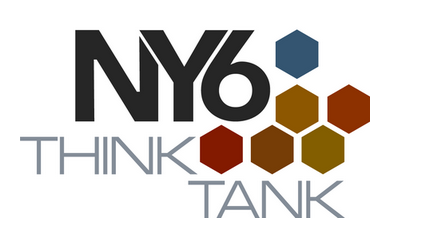« A Humanities, Plain & Simple Post » by Scott Newstok and Chapter16.org
Martin Luther King Jr.’s Mountaintop speech was more than brilliant rhetorical art; it was also the culmination of a lifetime spent in intense and extensive reading.
On April 3, 1968, Martin Luther King Jr. was summoned to the Bishop Mason Temple in Memphis to address the striking sanitation workers and their supporters. King wasn’t scheduled to speak at the rally, but Reverend Ralph Abernathy, sensing the crowd’s disappointment, had persuaded King to come from the Lorraine Hotel to make a few remarks […]

